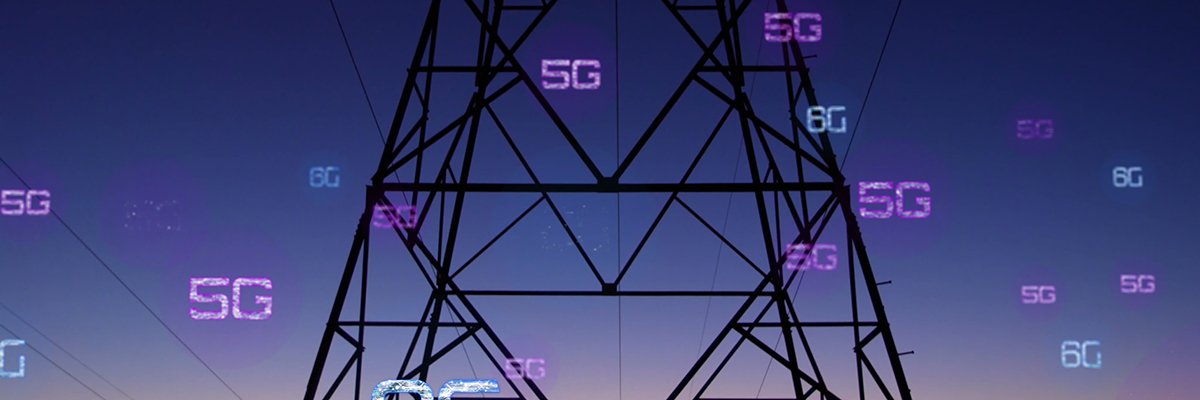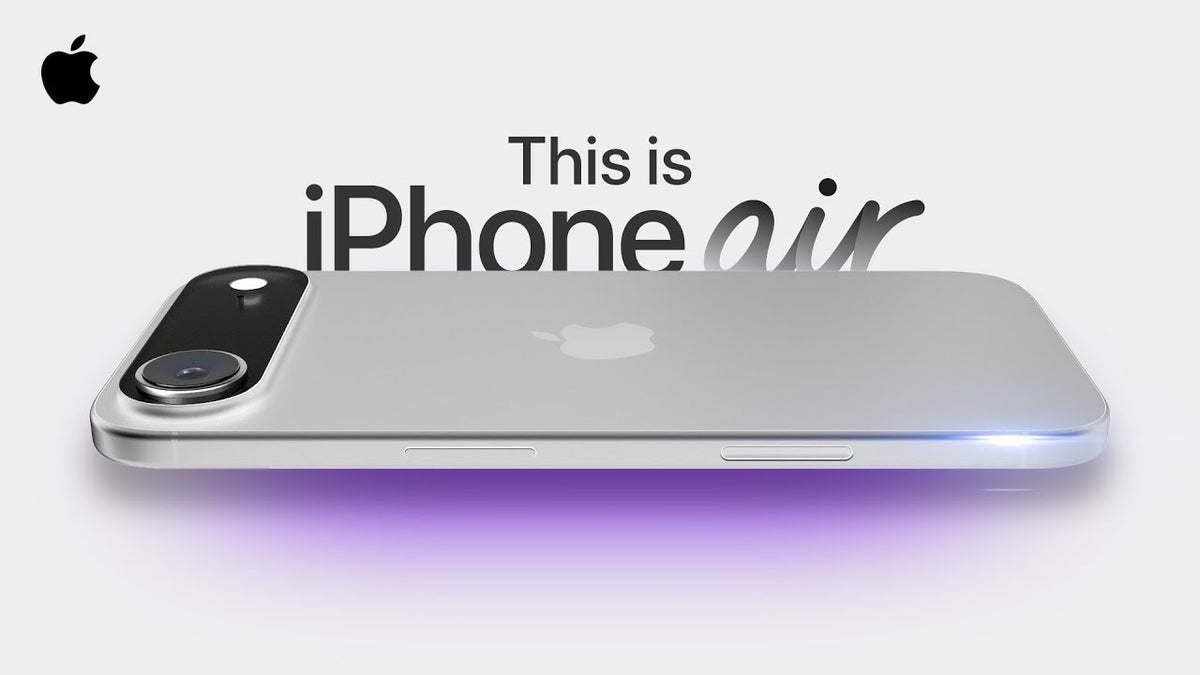To date, 6G mobile networks, when they finally launch, are predicted to see use as an enabling platform for applications such as smart infrastructures, self-driving vehicles, virtual/artificial/mixed/extended reality and the industrial metaverse, and now adding more clarity to potential deployment areas, independent ICT standardisation body ETSI has published an analysis of advanced integrated sensing and communication (ISAC) use cases and deployment scenarios, setting the foundation for future 6G systems.
With more than 900 member organisations worldwide, drawn from 62 countries and five continents, ETSI is said to be one of only three bodies officially recognised by the European Union as a European Standards Organisation.
It provides what is said to be an open and inclusive environment to members coming from large and small private companies, research entities, academia, government and public organisations. ETSI also supports the development, ratification and testing of globally applicable standards for ICT‑enabled systems, applications and services across multiple sectors of industry and society.
ETSI GR ISC 001 is described as a step towards identifying the critical functional and performance requirements necessary to support these 6G use cases, and also help shape the technical requirements for next-generation 6G systems.
The document details 18 advanced ISAC use cases ranging from human motion recognition and emergency rescue to autonomous vehicle navigation and industrial robotics. Each use case is explored in terms of deployment scenarios, enabling technologies, sensing modes and required system capabilities.
In addition, ETSI’s analysis introduces three integration levels – tight, intermediate and loose – as well as six sensing modes, including monostatic and bistatic sensing configurations for both base stations and user equipment. These definitions are intended to form a key part of a proposed framework to standardise sensing capabilities in future 6G networks.
The report also highlights a number of key development factors for 6G uses cases: deployment versatility; frequency band utilisation; fusion of data sources; security; privacy; and sustainability.
As regards deployment versatility, the report highlights use cases encompassing indoor, outdoor and mixed environment applications, with varied mobility and sensing targets, including people, vehicles, unmanned aerial vehicles and robots. The 6G frequency band utilisation section looks at how proposed sensing strategies incorporate low (sub-6 GHz), mid-band (~7–24 GHz) and high (mmWave/THz) frequency bands, often combining them with non-RF sensors such as cameras or environmental detectors.
Both 6G System and non-6G System data fusion are considered critical, with architectural implications for system design and trust management, while for Security, Privacy and Sustainability, the document places a clear emphasis on the need for secure, private and sustainable ISAC implementations, especially for human-centric use cases.
The ETSI report also provides functional requirement categories, and proposes new key performance indicators such as fine motion accuracy and sensing service range, ensuring a robust performance evaluation framework for 6G sensing services.
Alain Mourad, chair of the ISAC information service group at ETSI, said: “This first report on advanced ISAC use cases and requirements sets the foundations for ISAC’s forthcoming specifications in 6G. I’m delighted that this GR has been released on time for further consideration by specification groups such as 3GPP SA1 in their work toward 6G.”
ETSI also revealed the outputs generated from its report are already being used in further reports under development, addressing channel modelling; system and RAN architecture; security, privacy, trustworthiness and sustainability; and integration of computing with ISAC.








